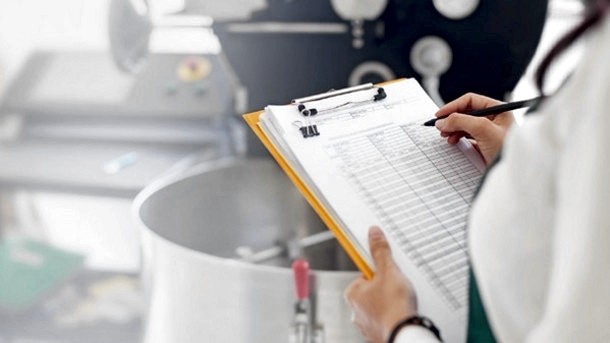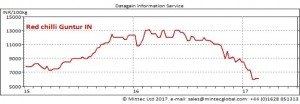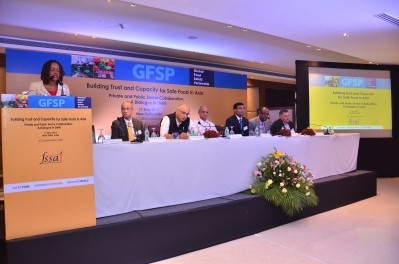South Asia radius
Regulator turns to industry for food-safety partnerships

The Food Safety and Standards Authority of India said it wanted to engage with food businesses on matters such as adhering to laws and developing robust consumer grievances processes.
Announcing the move, Pawan Agarwal, the FSSAI’s chief executive, said safe food was a “shared responsibility” for the whole industry.
“We are looking to engage with corporates to scale up initiatives to ensure the availability of safe and nutritious food in the country. We are also looking to engage with companies on various other areas such as compliance, training and capacity building, among others,” he added.
The regulator has already agreed with Coca-Cola India to train 50,000 street food vendors under its “Clean Street Food” project over the next three years. Under its terms CCI will execution the programme through its network of bottling plants, while the FSSAI will help develop a training component.
Other companies have also worked with the regulator in a bid to improve food safety awareness. The likes of ITC, Mondelēz India, Nestlé India, Jubilant FoodWorks and TetraPak recently collaborated with the regulator on safety and hygiene campaigns across schools, retailers and food vendors in the country.
The project will be rolled out in phases starting with Ludhiana in mid-April, and gradually expanding to nine states over time.
CCI’s regional president said the new programme would provide a boost to its current efforts.
Venkatesh Kini said: “We have been training kirana retailers for the past 10 ten years under our ‘Parivartan’ [change] initiative. This collaboration with the FSSAI will help broaden its horizons. We will train owners and employers of small food service outlets and street-food vendors on the basic tenets of food safety.”
More news from South Asia…
Spice update: Chilli glut subdues market, other spice prices also suffering
A good chilli crop has been reported for central India after sowing areas increased substantially over last year due to high prices seen earlier in 2016 tempting farmers to cash in. This increase in supply has been causing prices to fall, however, since September last year.
Prices at the Guntur spot market in AP have fallen by over 50%, as a result of increased production and low demand.
High prices in 2016 made the spice a popular planting crop, with production areas increasing by 35% in the main producing regions of Karnataka, AP and Telangana.
Farmers also switched to cultivating chilli after adverse weather and fungus impacted cotton and wheat crops in Guntur and Bengal. As a result, overall chilli production is expected to increase by 15-20% during the course of this year.
Demand from China, where chilli production has recovered since late 2016, has also fallen. However, lower prices seen in the market over the last several weeks are likely to trigger higher demand from elsewhere, which could eventually support prices in the near future.
Though world pepper prices have been falling since 2015 due to increasing supplies, production continues to grow. This year’s forecast of around 460,000 tonnes is up 18% compared to 2016.
In Vietnam, where the crop is currently being harvested, pepper output is forecast in excess of 190,000 tonnes, up 12% year on year. India, Brazil and Indonesia are also expecting bumper crops in 2017.
Coriander production is set to decline in India this year due to lower plantings seen in Rajasthan, Madhya Pradesh and Gujarat.
Farmers in these states have moved from the herb, whose seeds add spice to Indian curries, to other more profitable crops such as garlic, cumin and mustard seed.
However prices in India remain relatively low, pressured by competitive prices for the herb from Eastern Europe.
Ginger prices still remain very low due to higher production and an increase in growing areas in South India.
This increase in land for ginger production is attributed to heavy planting after the market saw higher prices in 2014. However, with prices currently very low, farmers may leave some of their crop in the fields, limiting ginger supplies in the coming months.










